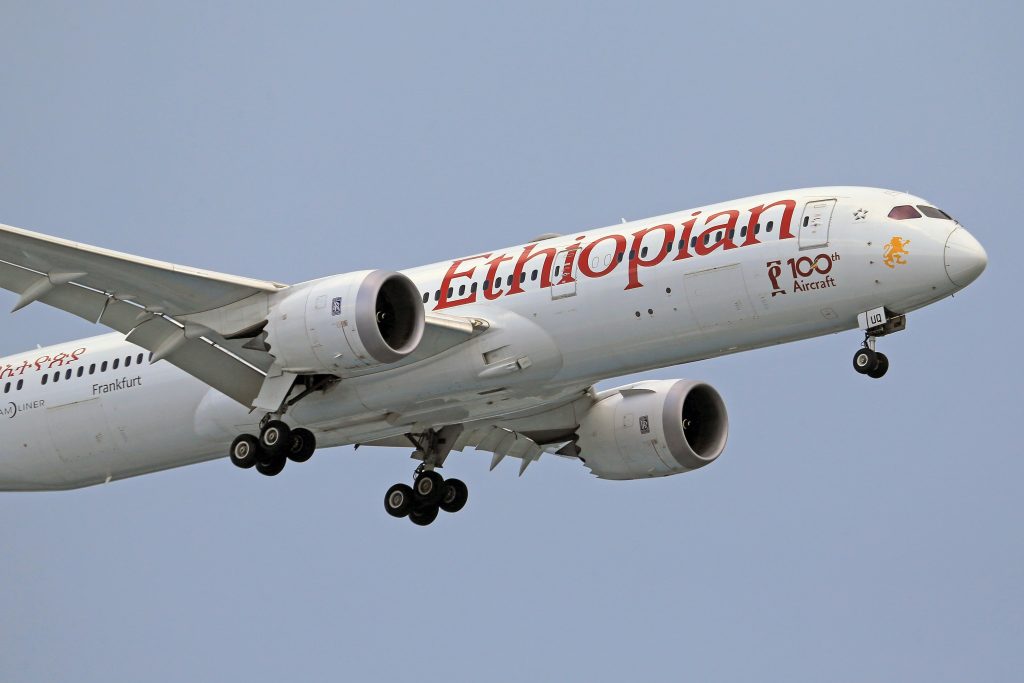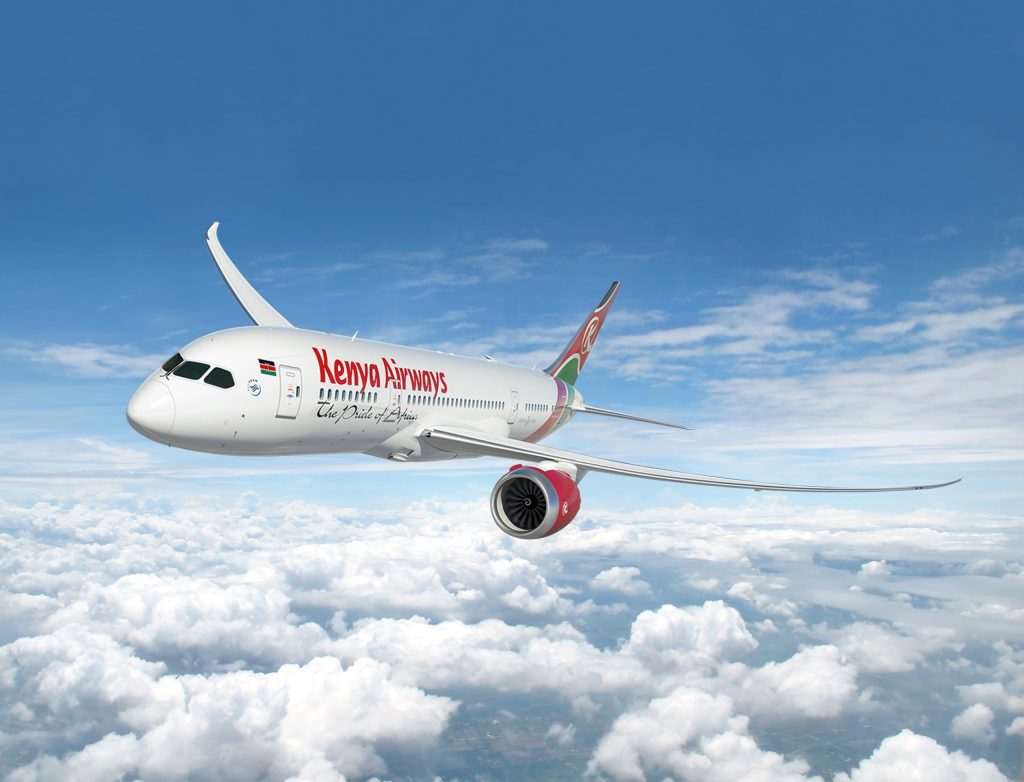Traveling within Africa is notably more expensive than traveling to destinations outside the continent.
According to an IATA report on the Focus Africa Media Briefing, intra-African travel costs 45% more than travel within Europe. This reality has baffled many travelers and hindered intra-African tourism and economic integration.
Prominent figures like Larry Madowo (currently a CNN journalist) and Wode Maya (a famous YouTuber) have raised this issue and urged African leaders to find solutions. So, why is it so expensive to travel within Africa?
1. Limited Air Connectivity
One of the primary reasons for the high cost of travel within Africa is limited air connectivity and inadequate infrastructure. Many African countries have few international airports, and the existing ones often lack modern facilities.
Some African runways are unpaved, affecting the efficiency and safety of air travel. This also raises the operating costs for airlines, subsequently increasing ticket prices.
Additionally, the lack of direct connectivity hinders travel within Africa. Distances that could take a few hours can extend to days due to connectivity challenges. For instance, a direct flight from Kigali to Luanda would take about 3 hours, but due to the lack of direct flights, it takes around 9-12 hours.
2. High Operating Costs
African airlines face higher operating costs compared to their counterparts in other regions. Factors contributing to these high costs include elevated fuel prices, taxes, and expensive airport charges.
According to the International Air Transport Association (IATA), fuel and oil expenses constituted 31.2% of the total operating costs for African airlines in 2021.
3. Regulatory and Political Barriers
Regulatory and political barriers also account for the high cost of air travel within Africa. Restrictive bilateral air service agreements (BASAs) between countries limit the number of flights and routes that airlines can operate.
Political instability and bureaucratic inefficiencies further deter investments in the aviation sector.
In 2018, the African Heads of State and Government launched the Single African Air Transport Market (SAATM) to liberalize air travel across the continent. However, as of 2021, only 34 out of 55 countries had signed up for SAATM.
According to the African Airlines Association, full implementation of SAATM could increase air traffic within the continent by 51%, boosting economic integration.
4. Limited Competition among Airlines

The limited number of airlines operating in Africa reduces competition and allows existing carriers to maintain high fares. Many African airlines are state-owned and operate under protectionist policies, further stifling competition.
This contrasts sharply with more liberalized markets in North America and Europe, where multiple carriers compete on the same routes, driving down prices.
According to the African Airlines Association (AFRAA), Africa’s air transport accounted for only 3% of global airline capacity, with major airlines like Ethiopian Airlines, Kenya Airways, and South African Airways dominating the market.
5. Economic Factors and Passenger Demand
Lower disposable incomes and limited passenger demand also contribute to the high cost of travel within Africa. Many African countries have low GDP per capita, limiting the residents’ ability to afford air travel.
According to IATA, despite housing over a billion people (18% of the world’s population), Africa’s impact on the aviation industry is minimal, representing only 2.1% of global air passengers.
Possible Solutions
To address these challenges and promote air travel within Africa, African leaders need to implement several remedies:
- Investing in Infrastructure: Modernize airports and improve aviation infrastructure to enhance safety, efficiency, and capacity.
- Liberalizing the Skies: Fully implement the Single African Air Transport Market (SAATM) to remove regulatory barriers and encourage more airlines to operate within Africa.
- Reducing Taxes and Airport Charges: Make air travel more affordable for airlines and passengers.
- Fostering Economic Growth and Integration: Promote regional trade agreements to increase demand for travel and support the aviation industry.
Summary
Intra-African travel remains expensive due to limited connectivity, high operating costs, regulatory barriers, limited competition, and economic factors.
By addressing these issues through targeted investments, policy reforms, and regional cooperation, African leaders can make continental travel more affordable and accessible, boosting tourism and economic development across Africa.


